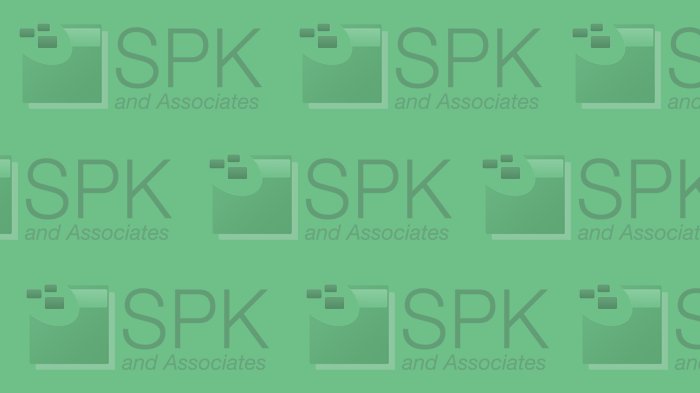 Attitudes are important things — they are the lens through which we filter everything life throws at us, and they can either be the secret to our success or our undoing. We’ve all heard the stereotype that says IT professionals have bad attitudes, and maybe your own experience confirms or denies this.
Attitudes are important things — they are the lens through which we filter everything life throws at us, and they can either be the secret to our success or our undoing. We’ve all heard the stereotype that says IT professionals have bad attitudes, and maybe your own experience confirms or denies this.
Most articles on the subject only go so far as to say, “Bad attitudes are bad for business,” and leave it at that. While true, happy engineers lead to greater company productivity, simply identifying the problem is not the same as resolving the problem.
Let’s consider the case of “Joe the IT guy”.
For the sake of argument, let’s assume Joe really does have a bad attitude and it is making things difficult for him. Poor Joe… But for whatever reason, Joe has decided he’s going to change his attitude and see if it makes his professional life any better. Great! But now what? How does Joe change something that seems like a basic characteristic of his personality?
Here are some tips and techniques to try to hack your attitude:
- Overhaul bad first impressions. First impressions are formed in one-tenth of a second after meeting someone, they last a long time, they are hard to change, and they end up influencing how we think about that person in subtle ways. If someone really bothers Joe, he should try to consider if it’s really something that person does on a continual basis or if a bad first impression is tainting everything they do.
- Recognize unhelpful influences. Joe should consider how much of his opinion about a person is based on what others are saying. Studies have shown that what we are told about a person before listening to them significantly impacts how we interpret their words. If coworkers are always complaining about an individual, Joe might be absorbing their negative attitudes.
- Fake it! Maybe Joe really is the surliest old coot in the office until he’s had his morning pot of coffee. If Joe pretends otherwise, just going through the motions of being more cheerful can actually induce a change in the way he thinks over time.
- Do a favor. If Joe does a favor for an individual (or a whole department), it can actually improve Joe’s attitude towards that person (or group). Going the extra mile, staying a few minutes later, or possibly just reframing how he views his daily tasks can actually make Joe think more positively about the people he’s serving.
- Take the other person’s perspective. Joe may be committing the “fundamental attribution error.” This happens if Joe jumps too quickly to attributing the other person’s actions to their personality, instead of considering the circumstances. Rather than saying, “Bob always does this because he’s just plain lazy!” Joe should remind himself that Bob is probably just as talented as Joe, but maybe the all-nighter Bob pulled the other day to take care of his 2-month-old triplets is affecting his concentration.
- Consider expectations. Joe should consider whether he enters situations expecting to be annoyed. People often succumb to “confirmation bias”, wherein they key in on information that confirms their already held belief and filter out anything that doesn’t fit. This builds on itself, as you might imagine, and is further exacerbated by the “availability heuristic”, which says people will generally regard something as true if they can easily come up with a past example. When Joe believes a particular user is clueless about something, he’s likely to focus on, and thus more easily remember, those times that confirm this attitude.
- Consider alternate reactions. People like to think of themselves as reasonable, moral and smart. When they behave unreasonably, immorally, or stupidly, they experience what’s called “cognitive dissonance.” This means their self-concept doesn’t match reality and they are motivated to alleviate the discomfort. Suppose Joe wasn’t feeling good one day, and unfortunately, yelled at a coworker. Joe has options for dealing with the resulting “cognitive dissonance.” He can a) apologize to the coworker, b) decide it was the other person’s fault for provoking Joe when he was “obviously” not feeling well, or c) Joe can rationalize that yelling is normal in his organization and that it ultimately makes people tougher – which is good for the business, right? Whatever he chooses , Joe will feel better about himself… However, blaming the other person or justifying his poor behavior probably won’t inspire others to think more highly of him.
There’s no guarantee these tips will turn your world around, but give them a try. Simply putting forth an obvious effort is sometimes all it takes to change the way people think of you.
David Hubbell
Software Engineer
SPK and Associates







